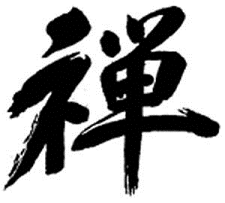Thusness has recently been very drawn into Jamgon Mipham Rinpoche's teachings, he finds it the most resonating and similar (to his understanding, insights and experiences) among all Tibetan teachers he have read so far.
Thusness and I think the following is a very good book, the presentation is clear and simple to understand and summarizes some of the essential Mipham's teachings. Very highly recommended!
http://www.amazon.com/Jamgon-Mipam-His-…/…/ref=sr_1_3_twi_2…
Jamgön Mipam (1846–1912) is one of the most extraordinary figures in the history of Tibet. Monk, mystic, and brilliant philosopher, he shaped the trajectory of Tibetan Buddhism’s Nyingma school. This introduction provides a most concise entrée to this great luminary’s life and work. The first section gives a general context for understanding this remarkable individual who, though he spent the greater part of his life in solitary retreat, became one of the greatest scholars of his age. Part Two gives an overview of Mipam’s interpretation of Buddhism, examining his major themes, and devoting particular attention to his articulation of the Buddhist conception of emptiness. Part Three presents a representative sampling of Mipam’s writings.
Thusness and I think the following is a very good book, the presentation is clear and simple to understand and summarizes some of the essential Mipham's teachings. Very highly recommended!
http://www.amazon.com/Jamgon-Mipam-His-…/…/ref=sr_1_3_twi_2…
Jamgön Mipam (1846–1912) is one of the most extraordinary figures in the history of Tibet. Monk, mystic, and brilliant philosopher, he shaped the trajectory of Tibetan Buddhism’s Nyingma school. This introduction provides a most concise entrée to this great luminary’s life and work. The first section gives a general context for understanding this remarkable individual who, though he spent the greater part of his life in solitary retreat, became one of the greatest scholars of his age. Part Two gives an overview of Mipam’s interpretation of Buddhism, examining his major themes, and devoting particular attention to his articulation of the Buddhist conception of emptiness. Part Three presents a representative sampling of Mipam’s writings.









